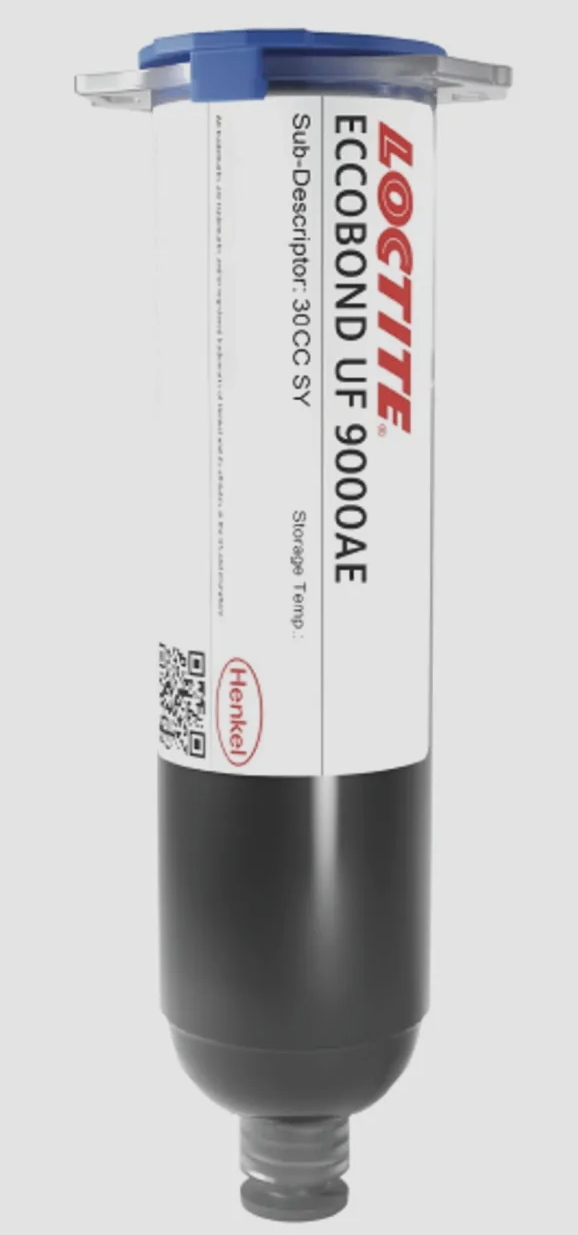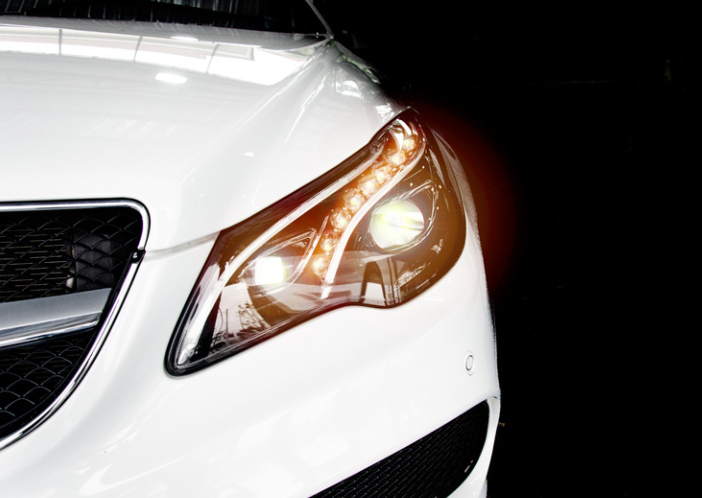Automotive Lighting
AUTOMOTIVE LIGHTING SYSTEMS
Automotive lighting is a critical component of modern vehicles, serving functional and aesthetic purposes. It ensures driver and pedestrian safety, enhances visibility, and contributes to a vehicle's overall design and identity. All kinds of lights have different uses, and over the years, headlights have undergone significant advancements, growing in size and complexity while becoming a defining element of vehicle styling. Did you do any research on the effects of headlights?
Headlamps:
| Car headlights, often likened to the "eyes" of a vehicle, significantly impact more than just aesthetics. They are crucial for safe driving, especially during nighttime or in inclement weather. High-quality headlight materials are paramount to ensure bright and stable illumination, allowing drivers to discern objects within a 100-meter range. Concurrently, effective anti-glare mechanisms are essential for the safety of both the driver and oncoming traffic. |
Headlights typically encompass low-beam and high-beam functions as the primary lights illuminate the road ahead. Modern advancements often include integrated features such as fog lamps and daytime running lights (DRLs) to enhance visibility and safety further.
Tail lamps
Tail lamps, critical safety components, transmit crucial information such as braking and steering signals. These lights demand high-performance materials due to their frequent use, particularly in urban environments. These materials must exhibit exceptional heat resistance, excellent processability, outstanding weatherability, and the ability to maintain vibrant colors. |
Fog lamp
Fog lamps are specialized lighting units designed to enhance visibility in challenging weather conditions such as fog, heavy rain, and snow. Typically mounted lower than conventional headlights, they project a wide, low beam that effectively penetrates obscuring elements. |
Fog lamps are designed to overcome low visibility limitations by projecting a beam that can cut through the fog and other obstacles, maintaining a clear line of sight for the driver. Given fog lamp's high power output and operating temperatures, the materials used in their construction must exhibit excellent heat resistance.
Component and materials of lighting components
Car lamps have several components, each crucial in ensuring adequate illumination and safety.
Housing: Acting as a robust shield for internal components, this crucial element must not only withstand the elements – moisture, dust, and impact – but also facilitate efficient light transmission.
Bulbs or Light Sources: The heart of every external automobile light is the bulb or light source, responsible for producing illumination. The automotive industry constantly evolves lighting technology. Halogen bulbs remain a common choice, while high-performance vehicles often utilize Xenon high-intensity discharge lamps for their bright, bluish-white light and improved visibility. LEDs are gaining popularity due to their energy efficiency.
Reflectors: The primary function of reflectors is to precisely direct the light emitted from the bulb. This function varies depending on the type of external car light specifically shaped to concentrate the light beam onto the road surface. In contrast, reflectors in rear lights prioritize enhancing the overall visibility of the light.
Lenses: In conjunction with light sources and reflectors, determine the shape and direction of the emitted light beam. They also protect the light source. Lenses can feature various patterns and textures, enabling distinct lighting patterns for different applications.
Wiring: The wiring harness connects the headlamp to the vehicle's electrical system, supplying power to the bulb. It comprises wires and connectors and may include components like resistors or capacitors to regulate electrical flow.
Part name | Common material | Properties requirement |
Lens | PC, PMMA, PC + Hard coating | Scratch-resistant, transparent, UV stable |
Bezel | PC, PCHT, PBT, PBT/PET | Heat resistant, metalized, high surface quality |
Reflector | PC, PBTM, PPS, PMC | High heat resistance, high rigidity, metalize d, high impact resistant |
Housing | PP+T40, PP+ T20, PCHT, PEI, PBT, ASA, LCP, PC/ABS | Dimensional stability, heat resistant |
Automotive light systems solutions
Bonding & Sealing
The evolution of automotive lighting design has necessitated increasingly sophisticated bonding and sealing technologies. Caplinq offers a comprehensive range of proven technologies for headlight bonding, ensuring excellent adhesion to PC lenses, their coatings, and the polypropylene (PP) and polybutylene terephthalate (PBT) housings prevalent, with high-temperature resistance and improved adhesion, Caplinq’s range of automotive lighting adhesives and sealants offer excellent reliability in modern designs.
Automotive Light Adhesive Key Application:
Lens to Housing Bonding: Ensuring a strong and durable seal between the lens and the housing. Caplinq’s adhesives and sealant provide weather resistance, preventing water ingress and condensation that can damage internal components. Internal Component Attachment: Caplinq’s adhesives and sealant can secure internal components like reflectors, light guides, and LED modules within the housing. This ensures proper alignment and stability of these components. |
Our portfolio includes polyurethane (PU) and adhesives reactive moisture-curing t adhesives are designed for fast processes, which facilitate rapid post-bond leakage testing, a critical requirement in headlight manufacturing. These adhesives exhibit exceptional strength and elasticity, making them ideal for bonding PC and PP components. With superior characteristics and high durability allowing simple processing, high heat resistance, excellent durability, and low fogging.
Product | Application | Curing mechanism | Mixing ratio | Shear strength (MPa) | Tensile strength (psi) | Elongation (%) | Product features |
Bonding | Moisture Curing | 1:1 | 14 | 16 | 14 | Good adhesive performance with FRP, Composite material, metal and plastic |
Product | Application | Curing mechanism | Mixing ratio | Mixed viscosity (MPa) | Tensile strength (psi) | Elongation (%) | Product features |
BS-1000 V8 | Bonding | Moisture Curing | 1:1 | 375000 | 1.8 | 315% | Fast room-temperature curing silicone for durable electronics |
To further enhance our offering, Caplinq also provides one-component (1K) and two-component (2K) SILANE MODIFIED POLYMER renowned for their exceptional heat resistance, a crucial characteristic for fog lamp applications. It has high elongation and provides effective sealing throughout defined service temperatures, allowing low application temperature, long open time, and good adhesion on different substrates. 0% isocyanate content silane-modified polymer (Isocyanate-free and label-free) means to avoid any potentially hazardous effect on humans.
Product | Application | Curing mechanism | Skin time | Open Time | Tensile strength (MPa) | Elongation (%) | Product features |
Bonding/gap filling | Moisture Curing | - | - | 1.15 | 9.2 | High thermal conductivity | |
Bonding | Moisture Curing | - | 7.74 | - | 241 | High Modulus elastic adhesive | |
Bonding/gap filling | Moisture Curing | 10 | <15 | 2.0 | 250 | General-purpose sealant with low residual tack | |
Bonding/gap filling | Moisture Curing | 15 | <15 | 2.9 | 250 | Developed for the rapid and efficient bonding of windscreens |
LEDS AND CONTROL MODULES
LED lighting is rapidly gaining traction in the automotive industry, particularly with the rise of sophisticated headlamp systems like adaptive and bend lighting, which demand high-efficiency LED drive solutions. Targeted control of individual LEDs enables ideal light distribution and luminous intensity, providing drivers with the best possible road visibility in every situation.
While offering numerous advantages, implementing automotive LED lights presents unique challenges. These include the need for effective thermal management to mitigate heat generated by compact, low-power LED modules and robust protection against electromagnetic interference (EMI).
Various electronic materials are being applied at every level of LED control modules to address these challenges. Caplinq provides a comprehensive suite of reliable automotive lighting solutions designed explicitly for bonding LED heat sinks, securing connectors, and facilitating wire molding. Our offerings encompass:
- Comprehensive portfolio of Thermal transfer material: wide variety of TIM mediums (pads, liquids, gels, etc.) of Thermal interfacial materials with high thermal performance and ease of use for many applications.
- High-performance connecting materials: Solder materials with excellent processability delivering best-in-class solder joint reliability, low voiding performance for use on LED modules. Electrically conductive adhesives & die-attach with increased flexibility, lower and faster cure temperatures compared to solder materials.
- Advanced protecting materials: underfills and Potting can ehances solder interconnect reliability, fast flow and cure capability, good processing stability and verylong worklife. Cconformal coating provide the exellent environmental protection for the substrate/printed circuit board (PCB) from humidity, heat, and corroson.




